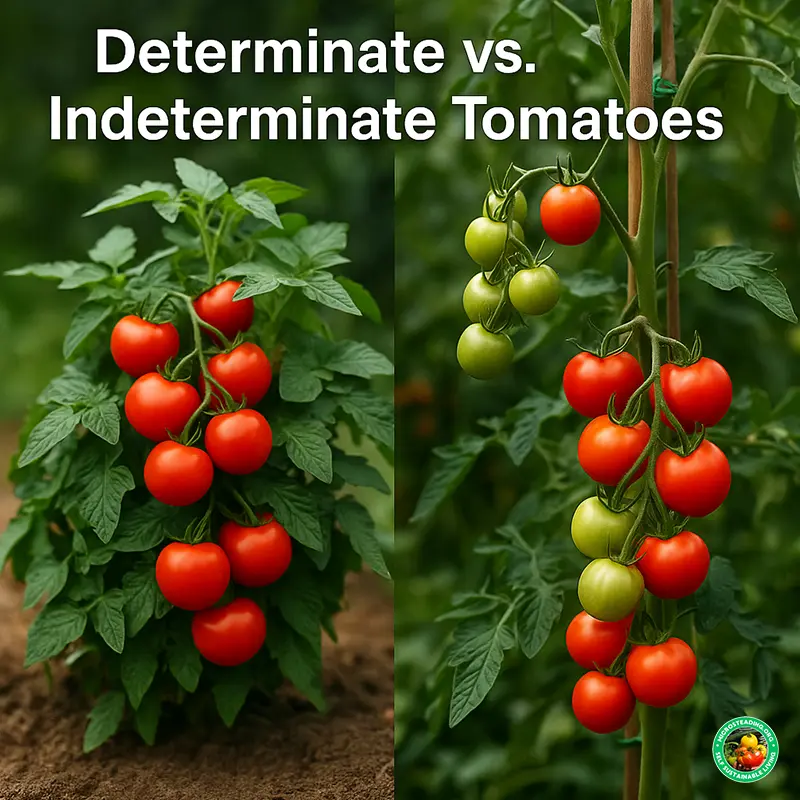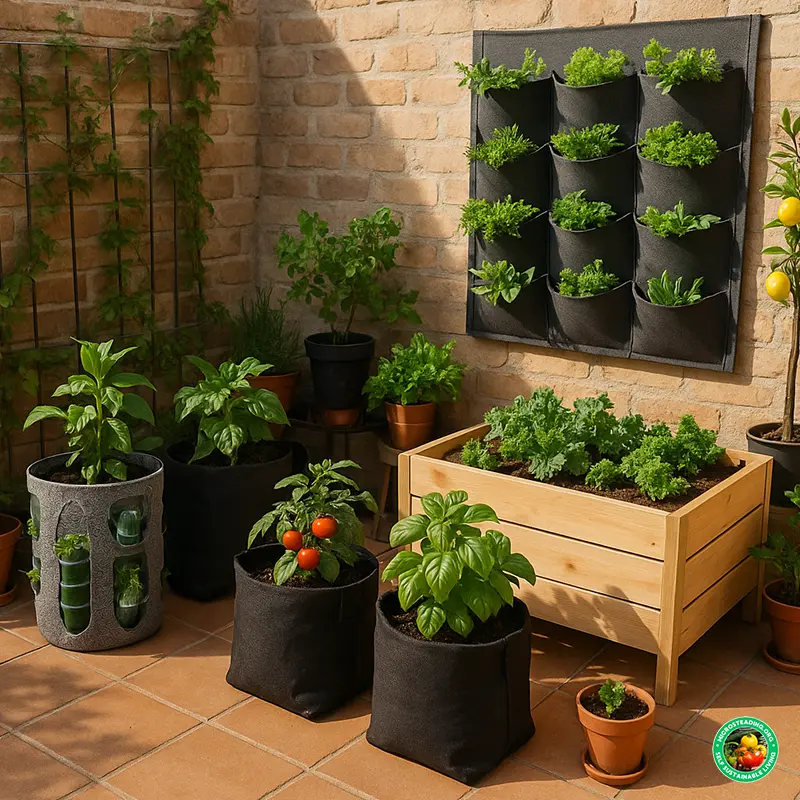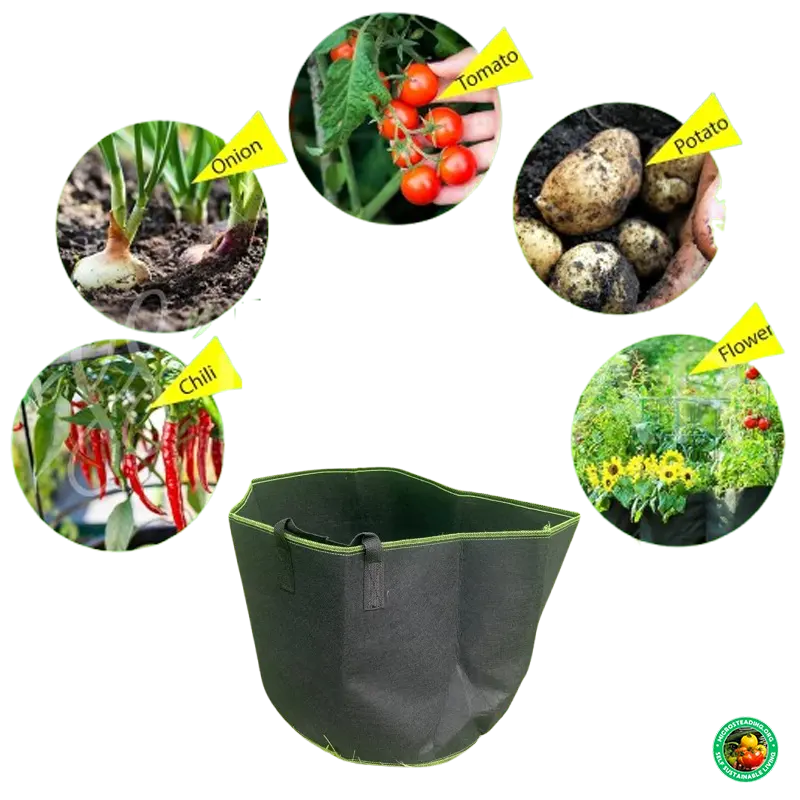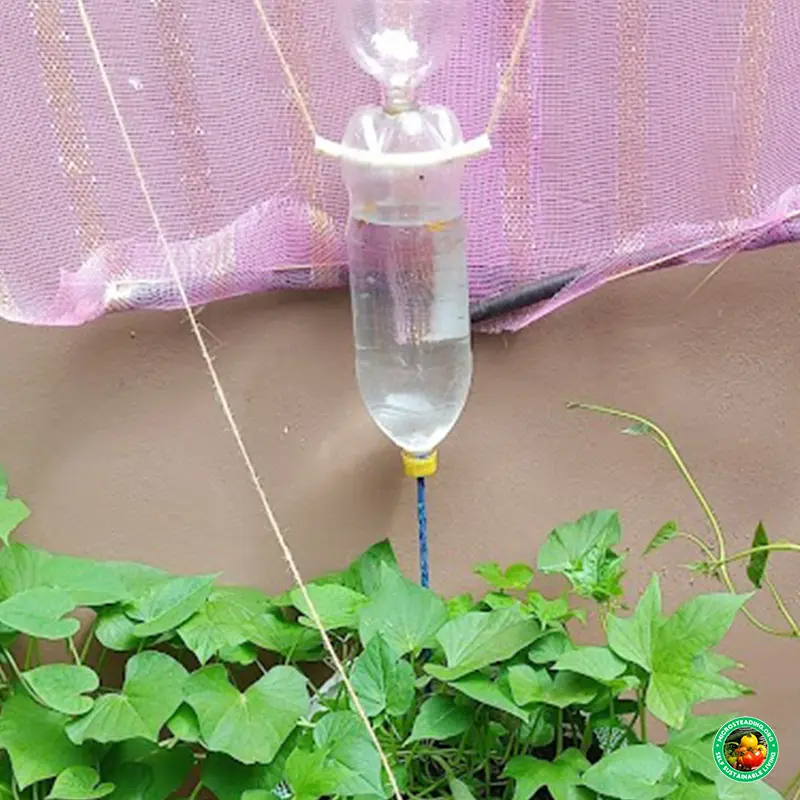🧪 Best Soil Mixes for Grow Bags
The soil you choose for your grow bags can make or break your harvest. Unlike in-ground beds, grow bags rely entirely on the mix you put in them for drainage, structure, nutrition, and water retention. Whether you're growing leafy greens, tomatoes, root crops, or herbs, dialing in the right blend is key to healthy plants and big yields.
🌱 Why Soil Mix Matters in Grow Bags
Because grow bags are breathable and drain quickly, they need a lighter, more moisture-retentive mix than traditional garden beds. A well-balanced blend provides:
- 🌬️ Proper airflow for root development
- 💧 Water retention without becoming soggy
- 🪴 Support for root systems in shallow containers
- 🌿 Nutrients that last through the season (or can be recharged)

A good soil mix is loose, light, rich in organic matter, and designed to hold moisture while draining well. That means no topsoil or straight compost — and definitely no hard-packed garden dirt.
🧪 Key Ingredients Breakdown
These are the essential components for crafting your own grow bag mix:
- 🌾 Peat Moss or Coco Coir: The base for most mixes. Peat moss is acidic and retains moisture well; coco coir is sustainable and pH-neutral. Use 30–50% in most blends.
- 🪱 Compost: Adds nutrients and microbial life. Aim for 30–40% high-quality compost (homemade, worm castings, or bagged).
- 💎 Perlite: A lightweight volcanic mineral that helps aerate and drain. Use 10–20% in most mixes.
- 🌰 Vermiculite: Retains water and minerals, ideal for seed starting or plants needing extra moisture. Optional in moderate amounts (5–10%).
- 🧂 Minerals or Amendments: Add in organic fertilizers, lime, or rock dust depending on your crop’s needs.
📌 Tip: Not sure how much to mix? Use our Soil Mix Calculator to get exact volumes for your grow bags.
🥗 Recommended Soil Mix Recipes by Crop Type
🥬 Leafy Greens (Lettuce, Kale, Spinach)
- 40% coco coir or peat moss
- 40% compost
- 20% perlite
- Optional: Add worm castings or seaweed meal for nitrogen
Greens grow quickly and don’t need deep soil. Prioritize moisture retention and quick-draining structure.
🍅 Fruiting Plants (Tomatoes, Peppers, Eggplant)
- 30% peat moss or coir
- 30% compost
- 20% perlite
- 10% vermiculite
- 10% aged manure or organic fertilizer
These heavy feeders need balanced nutrition and stable moisture. Consider using a slow-release organic fertilizer or monthly top-ups.
🥕 Root Crops (Carrots, Radishes, Beets, Potatoes)
- 40% coco coir
- 30% compost
- 20% perlite
- 10% sand or fine vermiculite
Looseness is key. Avoid compaction, and be sure your bag is deep enough (10+ gallons for full-size carrots or potatoes).
🌿 Herbs (Basil, Thyme, Parsley, Cilantro)
- 40% peat moss or coir
- 40% compost
- 15% perlite
- 5% vermiculite or sand (especially for Mediterranean herbs)
Herbs do well in smaller grow bags (1–3 gallons) with light, slightly dry mixes — especially rosemary, oregano, and thyme.
🔁 Recharging Your Mix Between Seasons
Instead of dumping your soil after each season, refresh it:
- 🌾 Add new compost (20–30%)
- 🪱 Mix in worm castings or slow-release organic fertilizer
- 🧼 Remove old roots and fluff the mix to improve airflow
If your soil is overly compacted or has drainage issues, remove 50% and top off with a fresh mix.
⚖️ Bag Size Affects Soil Volume
Larger bags need more structural support from peat or coir, while small bags benefit from more compost. Here's a quick reference:
- 🪴 3–5 gallons: Focus on moisture retention (more compost/coir)
- 🧺 10–15 gallons: Balanced blend
- 📦 20–30 gallons: Increase perlite for airflow and drainage
📐 Need help planning your bag volume? Try our Soil Mix Calculator to get batch measurements by container size.
🌿 The Right Mix Makes All the Difference
A good grow bag soil mix isn’t just about dirt — it’s about balance. Whether growing tomatoes, herbs, or salad greens, customizing your blend to match your crop gives your plants the environment they need to thrive.
🧪 Test, tweak, and reuse your mix from season to season — and don’t forget to revisit our Grow Bag Guide for more setup tips, watering strategies, and crop suggestions.
Download The Quickstart Guide
Frequently Asked Questions
No, garden soil is too dense and heavy for grow bags. It can compact easily and restrict airflow, leading to poor drainage and root problems. Use a light, airy mix designed for containers.
Both work well. Peat moss retains water and is slightly acidic, while coco coir is pH-neutral and more sustainable. Either can form 30–50% of your grow bag mix depending on the crops you’re growing.
At the end of each season, remove plant roots and fluff the soil. Add 20–30% compost or worm castings to recharge nutrients. Fully replace the mix every 2–3 years or when drainage becomes poor.
Use coarse or medium-grade perlite for improved drainage, and fine to medium vermiculite for moisture retention. These materials help create structure in your soil and prevent compaction.
Yes, but rotate your crops and amend the soil between plantings. For example, follow a heavy feeder like tomatoes with a lighter feeder like greens or herbs. Add compost to rebalance nutrients.
If water runs out immediately and your plants dry out daily, your mix may lack compost or vermiculite. Consider adding more organic matter and mulch the surface to retain moisture.

 Subscribe on Substack
Subscribe on Substack







